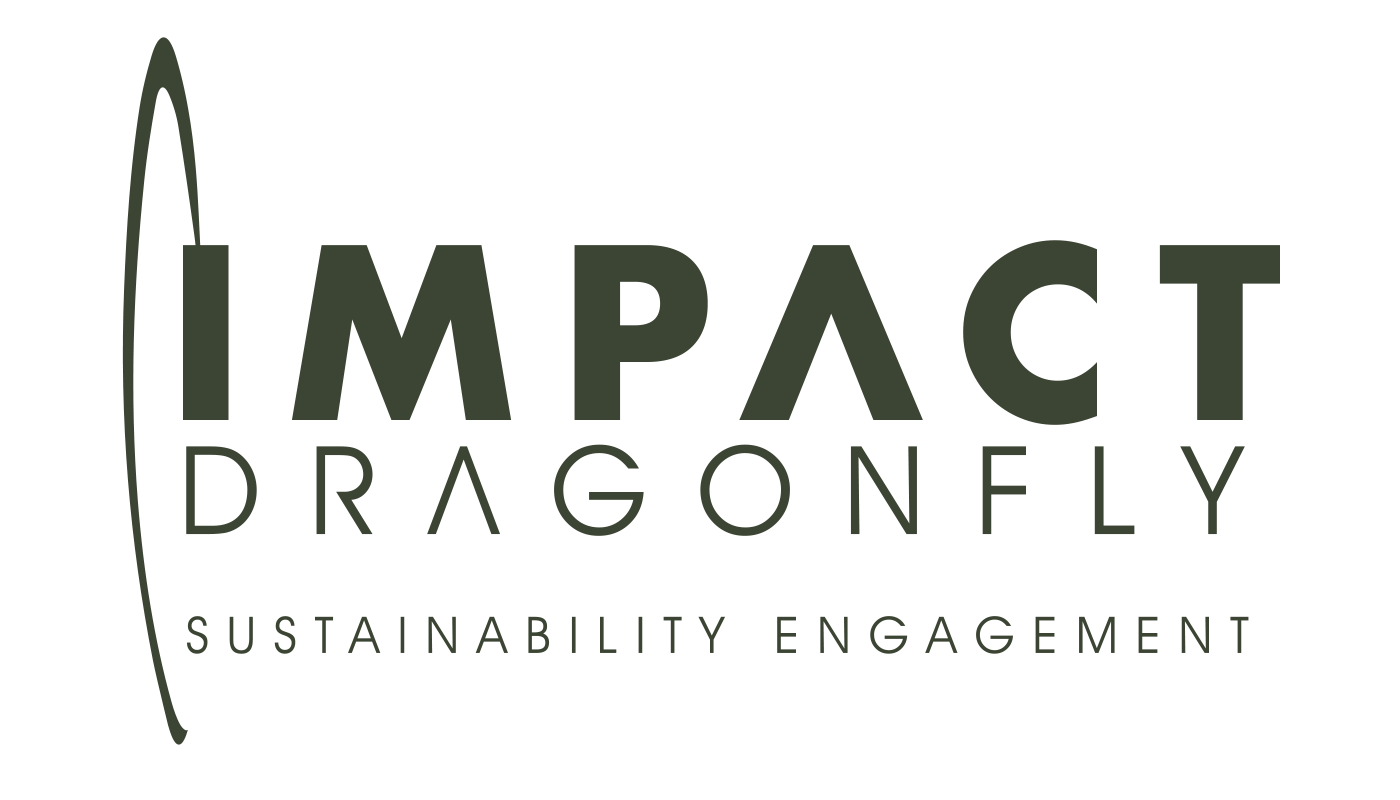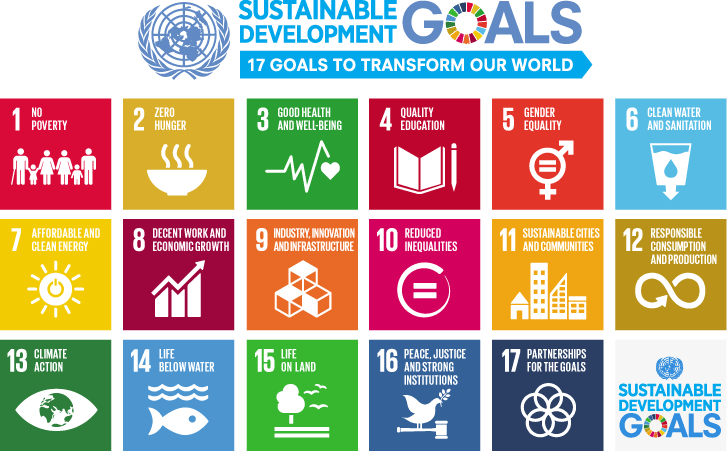WHY is a gender balanced leadership team so important?
I was speaking to someone the other day who was telling me that their organisation was having a big drive to make sure there were more females in leadership roles. The managing director was talking to the leadership team to let them know that this is an imperative going forward and they should all be thinking about how they could help to achieve this.
Anyone reading this might well applaud this directive and be given hope that there are awesome businesses out there who are jumping on board to fix a systemic gender imbalance problem we have.
Although I knew that this organisation was a listed company who were going to be subject to reporting on these numbers very soon, my question to this person was – WHY?
Why is a gender balanced leadership so important?
As an engagement specialist I believe that before you ask people to help you solve a problem, they need to understand why this is a problem in the first place. Yes, this organisation must report, but WHY do they have to report on this and what is the benefit to organisations to get their houses in order in regard to gender balance?
To help answer this I want to use the concept of the 17 United Nations Sustainability Development Goals (SDG’s)
It is important to note that each 17 goals have their own unique drivers however they are all interconnected and the advancement of one goal is for the benefit of another.
So, let us start with the goal that drove us to the conversation in the first place.
SDG Number 5 – to achieve gender equality and empower all women and girls.
*Nb. the world is NOT ON TRACK to achieve gender equality by 2030
Looking particularly at target 5.5 = Ensure women’s full and effective participation and equal opportunities for leadership at all levels of decision-making in political, economic, and public life.
Scenarios to consider when thinking about and connecting to the WHY.
Scenario 1 — Let’s look at a leadership team / board who are made up of similar people who have similar backgrounds and life experience.
5 Caucasian Australian born men in their 50’s – 60’s are your leadership team.
They are all university educated in similar fields – 3 different Universities between them but all local.
They are a mix of married and divorced but all have children ranging from 15 – 35.
They have all had / have spouses that take care of their families / homes to enable their careers.
Their career paths have all been within the same 10 organisations and they all have very similar networks who also look like them and have had comparable life experiences.
If you are thinking this is an unrealistic scenario then I encourage you to have a look at some of your organisations / boards in your area.
Question to you based on this above scenario – If this group of leaders were asked to solve a problem, how innovative do you think their collective experience and knowledge would allow them to be?
Here in lies the first problem – innovation cannot occur when we have group / collective thinking, limited global and personal experience from an upbringing and gender perspective.
Scenario 2 - It is 2030 and there continues to be no real emphasis on increasing female leaders – therefore the leadership continues to be made up of majority males and the females remain in middle management and operational roles.
Let us start at the beginning with SDG number 8 – Decent work and economic growth – promoting sustained and inclusive economic growth full and productive employment and decent work for ALL. Or what I like to call, an even playing field! Without this and SDG number 5 (above) in play we have the very real danger of the following knock on effects happening,
Knock on effect 1 - Female superannuation is limited compared to her male counterparts often due to time off for maternity leave (females could take 3+ years of paid time off over the course of their working life to give time to having and caring for families). They often return to work part time to fit around children and since they usually remain in middle management they have a lower base salary for longer. Time off and lower paid roles impacts the future growth of her superannuation fund that her male colleagues are having continual growth in over the same working period
Knock on effect 2 – Issues with limiting our future financial stability plays into SDG 1 - No poverty. With present concerns such as our cost-of-living crisis paired with a smaller superannuation fund means that there are currently women out there who are doing it tougher than their male counterparts of the same age they worked with.
Knock on effect 3 - from this scenario plays into our SDG 3 – Good health and wellbeing. With limited secured funding to live off, this female is more likely to put off paying for health care, seeing a doctor, or eating well. Not to mention the side effects that the stress of financial insecurity plays on human health and wellbeing which also has a knock on effect to family.
Scenario 3 - If you can’t see it, you can’t be it?
For this we need to look at SDG number 4 – quality education. Inclusive and equitable quality education and promote lifelong learning opportunities for all.
If you physically cannot see a pathway for yourself, why would you push yourself to get through school, and have the added expense of university? In some countries education isn’t even an offering for girls and although we are lucky enough here in Australia this isn’t the case – the fact that there are limited female leaders for our young women to aspire to, creates an imbalance from the very start. Knowing there is just as much chance that you can reach your full potential is the driver to reach for the stars or in this case the CEO role!
Summary
What I have talked about in this article is just the tip of the iceberg when it comes to the WHY doing this is important.
Engaging your teams in the WHY helps them connect to the HOW they can help and more importantly it inspires them to be part of the change needed.
So next time you want to implement a change for the good of the organisation, remember to connect your teams to the bigger WHY this needs to be done - you will be amazed and how much more engaged your people are to help you get to your goal.

